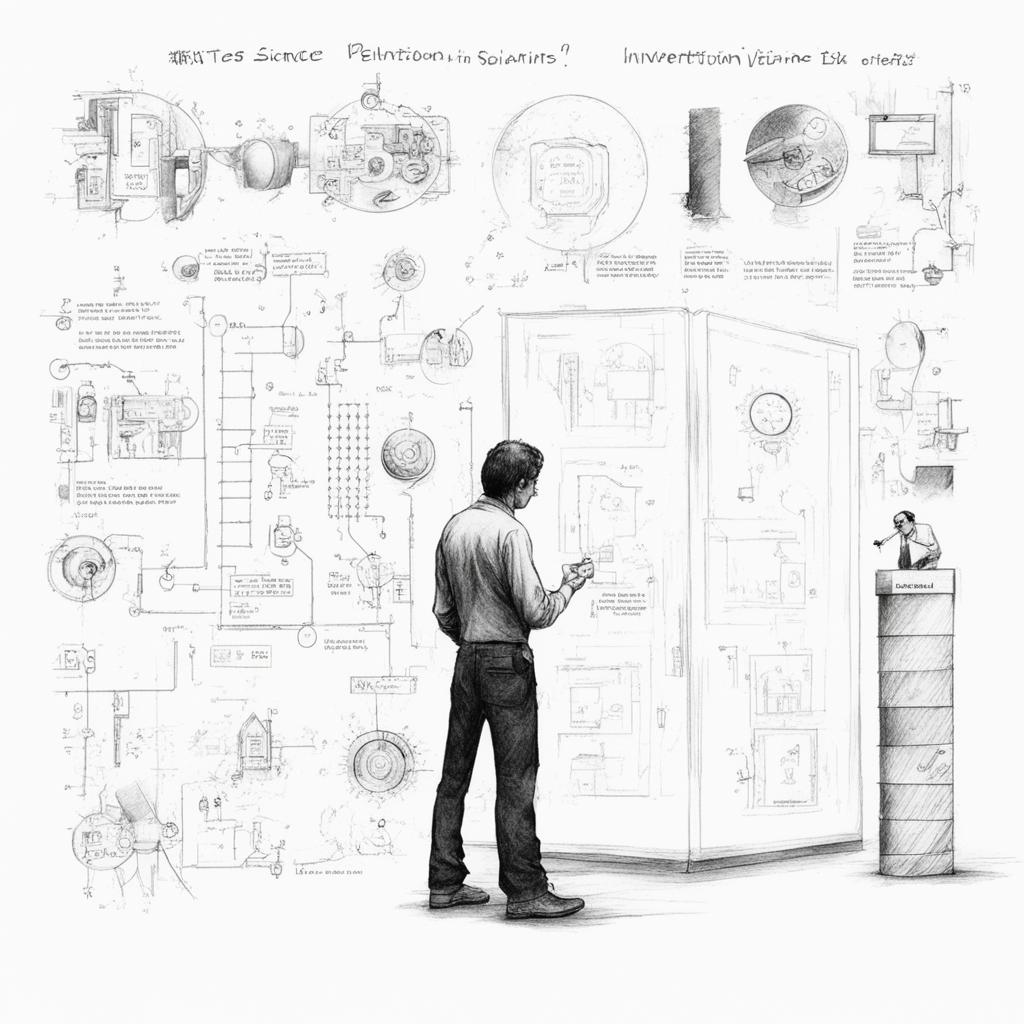Significance of Precise Language in Legal Matters
On March 7, the U.S. Court of Appeals for the Federal Circuit (CAFC) overturned a Patent Trial and Appeal Board (PTAB) decision concerning a patent held by CoolIT Systems, Inc. The patent in question, U.S. Patent 9,057,567, pertains to fluid heat transfer systems used in cooling electronic devices. CoolIT contested the PTAB's interpretation of the term "matingly engaged" in the patent claims, arguing that it should be defined more narrowly as "mechanically joined or fitted together to interlock."

The World's First Artificial Intelligence Act
The European Parliament has recently passed the groundbreaking Artificial Intelligence Act on March 13, 2024.
This Act is designed to safeguard fundamental rights, democracy, the rule of law, and environmental sustainability in the face of high-risk AI technology. At the same time, it aims to foster innovation and position Europe as a global leader in the field of artificial intelligence. The regulations set forth specific obligations for AI systems based on their potential risks and impact levels.

